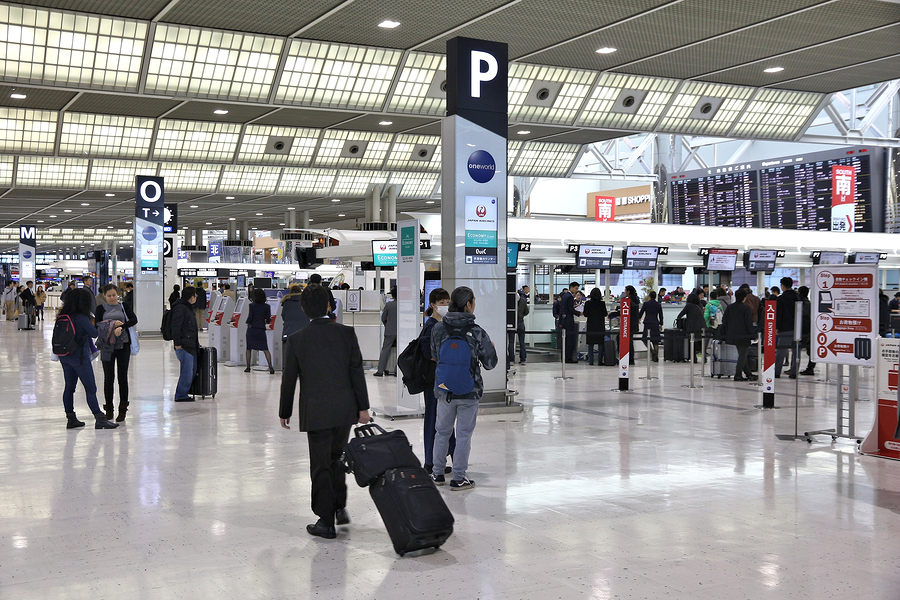Facing the prospect of exponential growth in air traffic in the coming years, airports around the world are seeking to improve management of passenger flows while maintaining a high level of security. Before discovering some of the technological innovations serving airports, let’s take a look at the sector’s growth projections and the key challenges to be overcome.
Projections forecast, challenges to overcome
While there were four billion passengers in 2017, these are expected to double by 2036 to reach 7.8 billion, according to the International Air Transport Association (IATA). Over 50% of this increase is expected to come from the Asia-Pacific region and the United States could, by 2022, be overtaken by China, who will then be the leading air market. These data could change according to trade and migration policies. With growing trade protectionism associated with travel restrictions, the 7.8 billion could fall to 6.8 billion, while an acceleration of liberalism could see the number of passengers rise to 12 billion by 2036. With this in mind, the director general of the IATA, Alexandre de Juniac, believes that this news “is great in terms of innovation … but represents a huge challenge for governments and industry”. Everyone, indeed, sees points for improvement. According to Edward Arkwright, director general of the Paris Airport Group, the main “points of friction are the time spent at the baggage drop off, during the security and when crossing national borders”. As for Kjeld Binger, director general of Amman Airport in Jordan, he would like to replace paper (parking ticket, passport, boarding pass, bag tag, etc.) with a chip which, in his view, is a long time from happening due to cultural reluctance.
Time for testing and deployment
Among the technologies deployed to facilitate passenger flow management and ensure their security, biometrics seems to stand out, as illustrated by a recent study which shows that nearly one-third of airports around the world are considering investing in this technology in the next five years. For example, EasyJet is currently testing biometric boarding gates at Gatwick Airport near London, after having equipped Dubai, Mexico City and Helsinki. In this same vein of identification of individuals through their biological characteristics, facial recognition was tested in September 2018 at Detroit Metro Airport in partnership with US Customs and Border Protection. Some airports are considering deploying electronic tunnels that passengers would use to detect any traces of explosives, body scan and compare the information with anti-terrorist files. At the Abu Dhabi airport, more than 450 sensors have been installed at Terminals 1 and 3 to help airport staff manage queues while maintaining a high quality security service. Finally, connected modules, developed by Slovenian Grega Mrgole, aim to satisfy the many connecting passengers (10% of travellers, 2% of whom have a cancelled or late flight). What better way than to enter this module to relax or work in an ideal world (sound, fragrance, air conditioning, high speed internet…).
By leaning on technology and data sharing in particular, airports will be able to simplify the work of some 20 services (police, ground support staff, customs, baggage handlers…) that the passenger meets. However, have the professionals considered the limits of this ultra-computerized world (passengers without a smartphone, cyber attack, etc.)?
